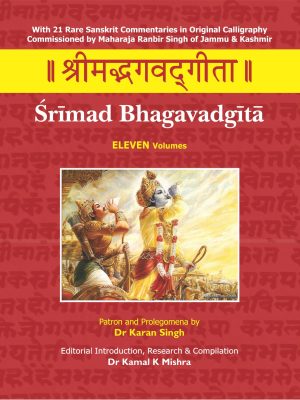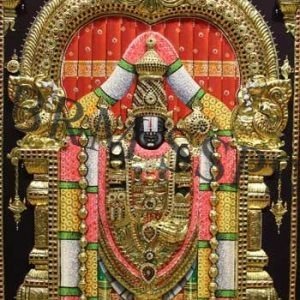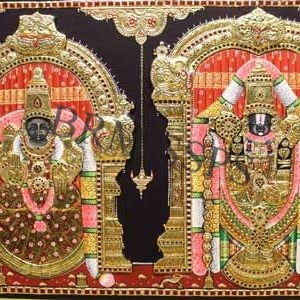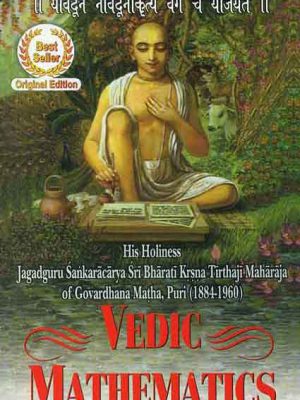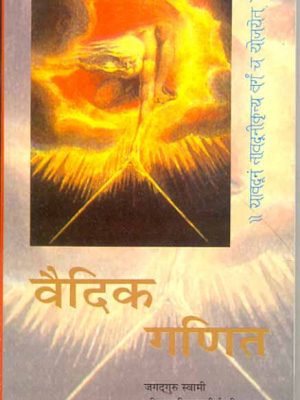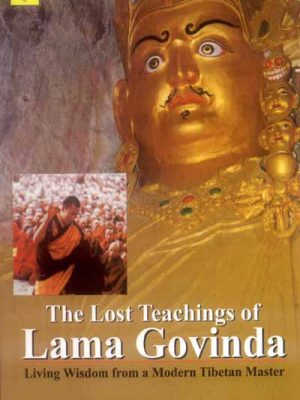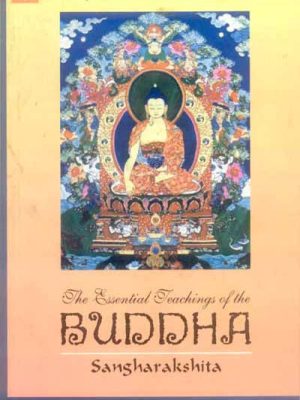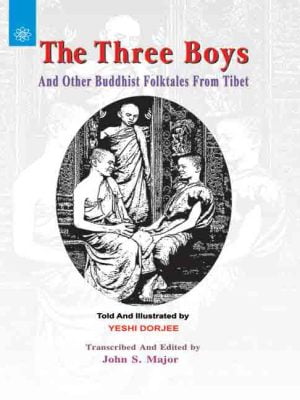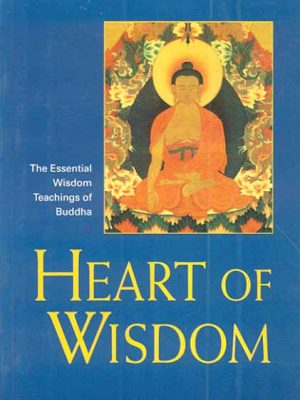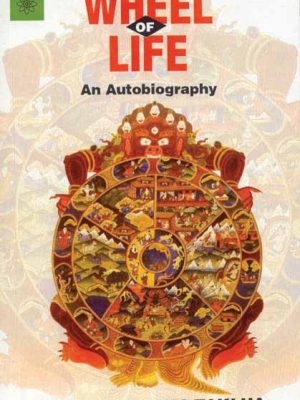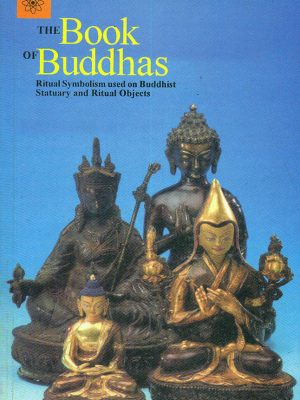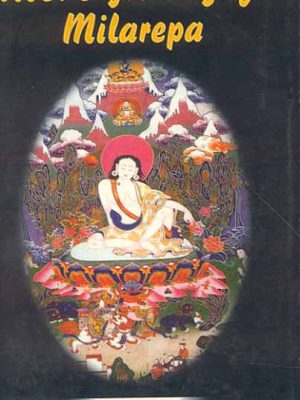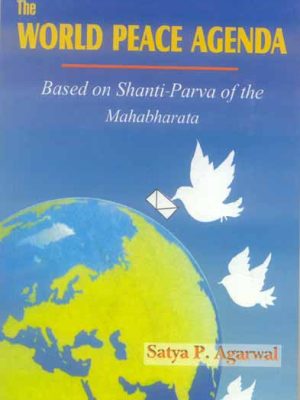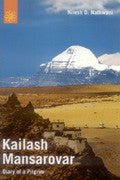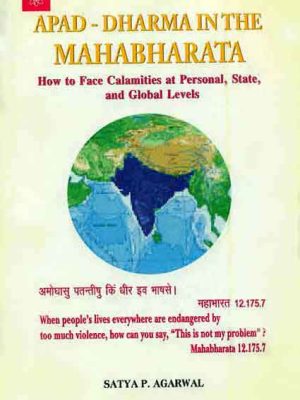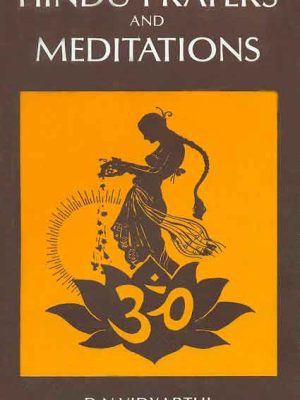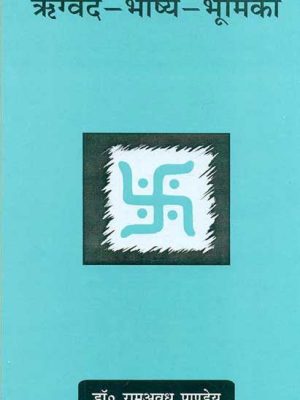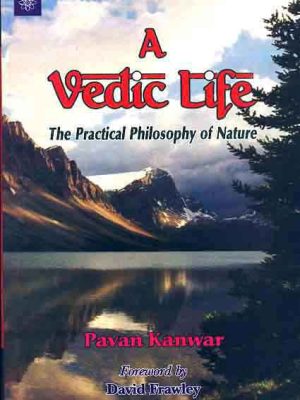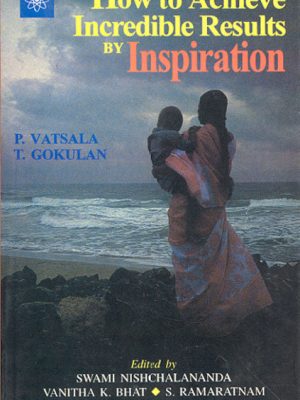Shop
Best Seller Items
-
19 FACE RUDRAKSHA
19 Face Rudraksha is a symbol and represents Lord Vishnu. The wearer attains victory over ignorance. The wearer is blessed with immense wealth and their health issues and challenges improve for the better.
₹125,000.0019 FACE RUDRAKSHA
₹125,000.00 -
₹99,000.00
-
18 FACE RUDRAKSHA
This Rudraksha is best known to protect one from their enemies and evil-wishers. The Rudraksha is energized when the wearer chants the required mantra. This Rudraksha is ideal for pregnant women towards protecting their children. It aids in mental stability as well.
₹90,000.0018 FACE RUDRAKSHA
₹90,000.00 -
Balaji 3D Tanjore Painting
Material: Gold Foil
Type: Tanjore Painting
Dimensions (In Inches): 24×36
Colour: Multicolor
Pack Content: 1 Pc
Product will be delivery (3 – 15 days)₹80,750.00Balaji 3D Tanjore Painting
₹80,750.00 -
Thayar Balaji Tanjore Painting
Material: Gold Foil
Type: Tanjore Painting
Dimensions (In Inches): 24×36
Colour: Multicolor
Pack Content: 1 Pc
Product will be delivery (3 – 15 days)₹61,750.00Thayar Balaji Tanjore Painting
₹61,750.00
-
-
-
-
-
The World Peace Agenda: Based on Shanti-Parva of the Mahabharata
The World Peace Agenda: Based on Shanti-Parva of the Mahabharata
This book presents Shanti-Parva’s peace-messages for consideration by everyone else. With the hope that plenty of purposeful discussion (with an open mind) will be held, to arrive at new proposals which can help bring world peace within the reach of humankind in the twenty-first century. Readers will discover that the peace-promoting messages of Shanti-Parva (when suitably interpreted) have universal appeal even today. These messages envisage the launching of a new peace-initiative, based on the explicit declaration of the Mahabharata verse 12.94.1 that says “wars cannot provide a satisfactory solution to any dispute”, and incorporate several novel features which are summarized in the last chapter of this book.
₹225.00 -
Kailash Mansarovar: Diary of a Pilgrim
Kailash Mansarovar: Diary of a Pilgrim
This profusely illustrated travelogue is a tale about fancies and fears, adventures and aspirations, expectations and disillusions, escapes and retreats experienced by a team of adventurous pilgrims. This is a story of an unforgettable odyssey to the holy Mount Kailash and the sacred Mansarovar describing mysteries connected with the land capturing the intangible air of faith and pilgrimage. This travelogue takes us on a journey to the wild, seldom travelled northern route visiting the remote cities, towns and monsteries of mysterious Tibet. It is a gripping story of pilgrims who aspire to see Gods living in the wilderness of the remote holy land. This is an engrossing, touching and remarkable account of a picturesque travel with nice imagery describing majestic mountains, turquoise lakes and virgin rivers of Tibet. Written in a brilliant style, it is a dramatic record that succeeds in imparting onto the readers some of the intensely experienced emotions that will remain long in memory. This book has been included in the Tibetan Travel Classics, Pilgrims Publishing, Varanasi, India and Pilgrims Book House, Kathmandu, Nepal.
₹225.00 -
Apad-Dharma in the Mahabharata: How to Face Calamities at Personal, State, and Global Levels
Apad-Dharma in the Mahabharata: How to Face Calamities at Personal, State, and Global Levels
The literal meaning of the Sanskrit word “Apaddharma” is “dharma appropriate at the time of calamity”. The Mahabharata’s use of this expression implies that, in the opinion of the author of this epic, the traditional varnashramadharma would not prove to be strong enough to protect the society, if and when there is a calamity. Therefore, Vedic scholars ought to have welcomed the messages of Apad-dharma when the society was actually attacked by external forces during the premodern period.
The historical background of the present study poses an important, academic question: “How could the Indian society have protected itself against external attacks during the pre-modern period?” Research-based answers to such Indiarelated questions occupy the initial part of this book to which a global dimension has been added by digging deep into Mahabharata’s innumerable stories. Results of innovative investiga-tions into the general question “How to face calamities at personal, state and global levels”, are presented here in terms of a modern, scientific framework, and expressed in a non-denominational
terminology, relevant to the problems of the 21st century. Readers from all parts of the world can get a strong message of social responsibility from this book, and accordingly make their contribution to the cause of world peace.
₹225.00 -
Hindu Prayers and Meditations
Hindu Prayers and Meditations
Hindus must pray daily morning at sunrise and evening at sunset one must have divine communication with God, and ask Him for Light and Guidance in life. Hindu scriptures abound in prayers. They are of different types and of complex nature, and form part of various rituals and ceremonies. In our daily life, however, we need not be bothered with these complexities. A few simple prayers, will serve our needs beautifully. The only thing we have to constantly keep in mind is the purity of our hearts and sincerity of purpose. We cannot offer prayers precariously and half-heartedly.
Author
D.N. Vidyarthi
₹225.00Hindu Prayers and Meditations
₹225.00 -
Rigveda-Bhashya-Bhumika: Hindi Anuvad Sahit
Rigveda-Bhashya-Bhumika: Hindi Anuvad Sahit
Rigveda-Bhashya-Bhumika: Hindi Anuvad Sahit
Author
Ramavadh Pandey
₹225.00 -
A Vedic Life: The Practical Philosophy of Nature
A Vedic Life: The Practical Philosophy of Nature
In Sanskrit, the word veda refers to knowledge, and the ancient tradition known as the Vedic tradition is linked with India and focuses primarily on knowledge. It is not about any one kind of information, but rather about knowledge in general as a tool for comprehending and experiencing reality. As a result, it is a tradition that does not restrict itself to one one system. Instead, it takes a perspective that is open and inclusive, and it believes that a reasonable approach is very necessary. However, it does not restrict itself to logic alone; rather, it also examines an approach that is focused on inner perception, since this is a vital aspect of both our knowledge and our experience of reality. The book titled “A Vedic Life” is a presentation that outlines some of the most significant aspects of the Vedic method of approaching information. It does this not for any specific religious or sectarian motive, but rather for the sake of knowledge, as indicated above, and as a result, it is anticipated that it will be able to contribute something to a range of opinions. Although the Vedas (books of wisdom) are intimately connected with the Vedic approach to knowledge because they exemplify its open and inclusive approach to information, the Vedic approach to knowledge is not limited to any one individual or book, as was previously noted. This aspect of the Vedic writings is expressed in a phrase from the Rig Veda, one of the core Vedic books, which states that “reality is one, but the knowledgeable call it by numerous names.”
The Vedic tradition is not the only one that has an open attitude toward knowledge; nonetheless, it is perhaps the most in-depth and oldest system of its kind. It is also the best maintained, despite the fact that a significant amount of its knowledge has been lost in modern times. Despite the fact that many of its pioneering philosophers had a completely different perspective, the system of contemporary science obviously clearly strives to the same ends; nevertheless, it does not truly recognise any other kind of thought than that which is founded on reason and sensory evidence. This book will examine the benefits and drawbacks of the methodology that is being used by contemporary science, particularly in light of the Vedic methodology for doing scientific research.
Because Sanskrit being the primary language used throughout the Vedic period, the book makes extensive use of Sanskrit words and phrases throughout its content. Once again, this is not due to any kind of ceremonial purpose; rather, it is due to the fact that the Sanskrit language used in the Vedas has a very well developed vocabulary in relation to psychology and philosophy. In addition, an effort will be made to show that Sanskrit is a natural language for the purpose of acquiring information, and this effort will be documented.
₹225.00 -





